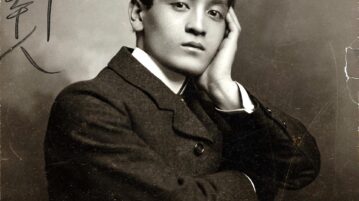
Butterflies Caught in a Web
Yone Noguchi, this handsome Japanese poet from California, might possibly be the New Kid, someone who was young, racially
exotic, and very talented.

Yone Noguchi, this handsome Japanese poet from California, might possibly be the New Kid, someone who was young, racially
exotic, and very talented.
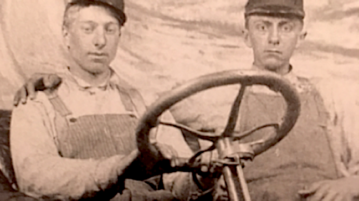
WHILE the 1969 Stonewall Rebellion in New York’s Greenwich Village is generally considered the spark that ignited the gay liberation movement in the U.S., San Francisco was the true epicenter of gay life for much of the previous century, as demonstrated by the following chronology of quick takes that briefly highlight some of the pioneering individuals, organizations, publications, and events that took place in San Francisco.
More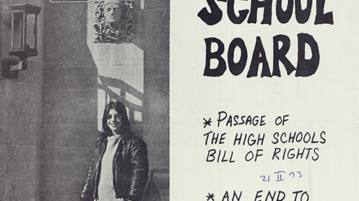
In 1987, Revolting Lesbians published “Political Women Prisoners in the U.S.,” a broad primer on women incarcerated for a wide swath of political actions.
More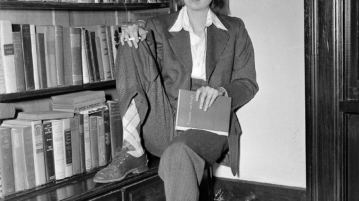
When she was a Wunderkind, McCullers created poetic fables and mythical archetypes of a kind that our contemporaries no longer invent.
More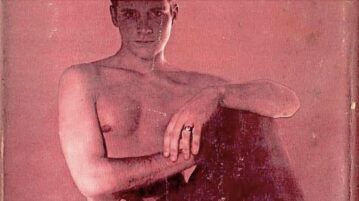
By Michael Rosenfeld: Eekhoud’s reputation as a defender of same-sex love was firmly established after his acquittal in 1900 and he created a network of European queer intellectuals that included Oscar Wilde, Magnus Hirschfeld, André Gide, Edward Carpenter, Rachilde, Jacob Israël de Haan, Eugen Wilhelm, Karl von Levetzow, Elisàr von Kupffer, and others. Together, they discussed queer love in their works and helped each another to find editors and journals in which to publish.
More
According to official records, Gertrude Sandmann no longer existed in 1943. Other Jews had fled or been murdered, but she was still alive in Berlin.
More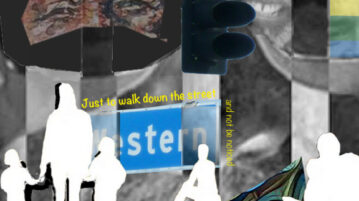
The phrase “gay privilege” may conjure images of velvet mafiosi clinking glasses at a bisexual billionaire’s swank Hampton digs, but I came to know an extremely specific and rare manifestation of it at the worst moment of my life. It was right after I had been arrested. A
More
SEXUALITY and the Rise of China, by Travis S. K. Kong, reminds me of two books that I reviewed in these pages in 2015: Petrus Liu’s Queer Marxism in Two Chinas, and Tiantian Zheng’s Tongzhi Living: Men Attracted to Men in Postsocialist China. Like the latter, it is based on interviews—in Kong’s case, with ninety subjects in Hong Kong, Taiwan, and mainland China. And, as in Tongzhi Living—tongzhi. which once meant “comrade,” increasingly refers to gay men in Chinese—excerpts from the interviews are by far the liveliest portion of the book. The rest is sociology.
More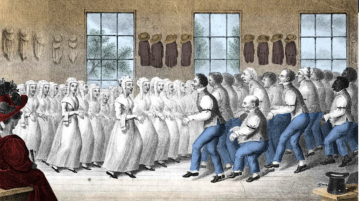
For men, the benefits of entering a celibate community are less clear—unless the men were reluctant to engage in vaginal sex in the first place. Some Shaker men could not separate the idea of sex from sin and were willing to live apart from their wives in return for the promise of a heavenly reward. For men who felt little or no desire for women, however, the Shaker life offered the opportunity to live in a community where interaction with females would be only intermittent, and highly regulated. Instead, they would live in intimate communion with other men
More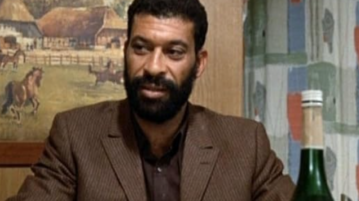
While he had made a couple of earlier short films, Fassbinder didn’t get to direct his first feature film until 1969. The film was Love Is Colder Than Death, a gangster movie that imitates similar films from Hollywood from the 1930s up to the 1950s, starring himself as a criminal torn between his love for two women and his friendship with another man.
More